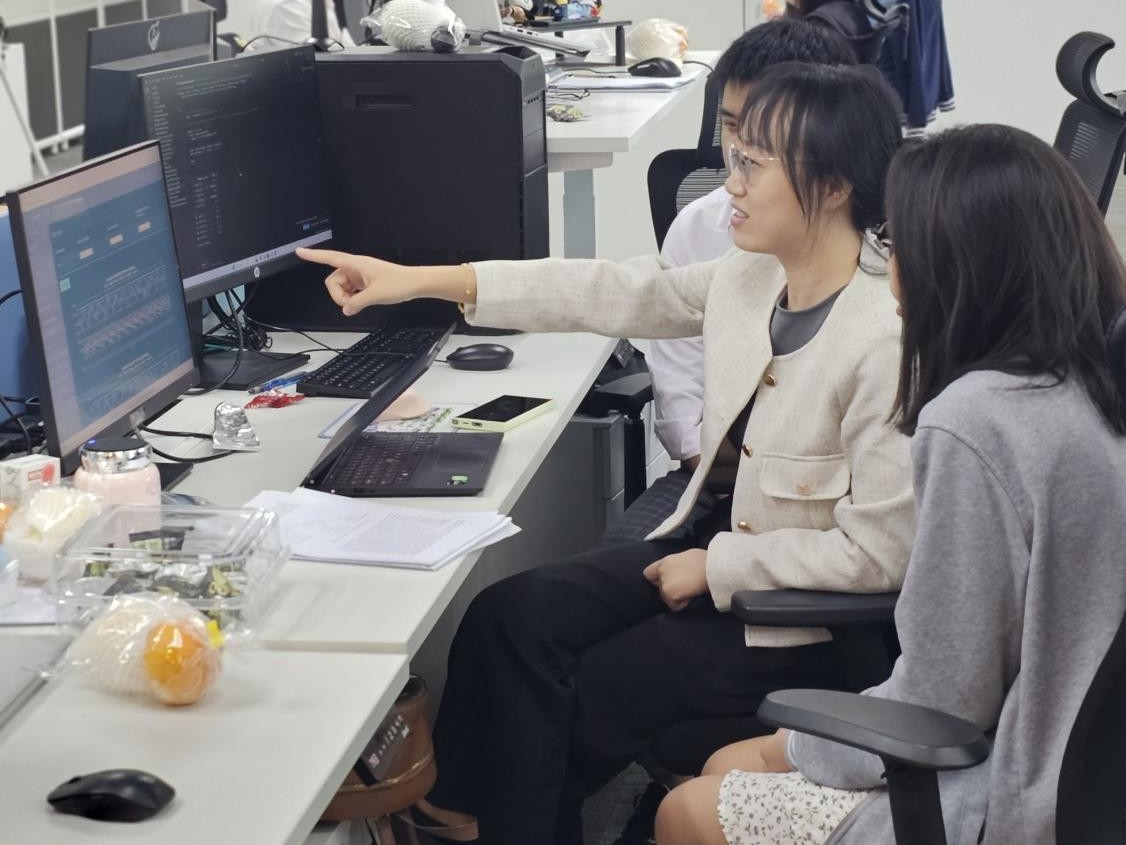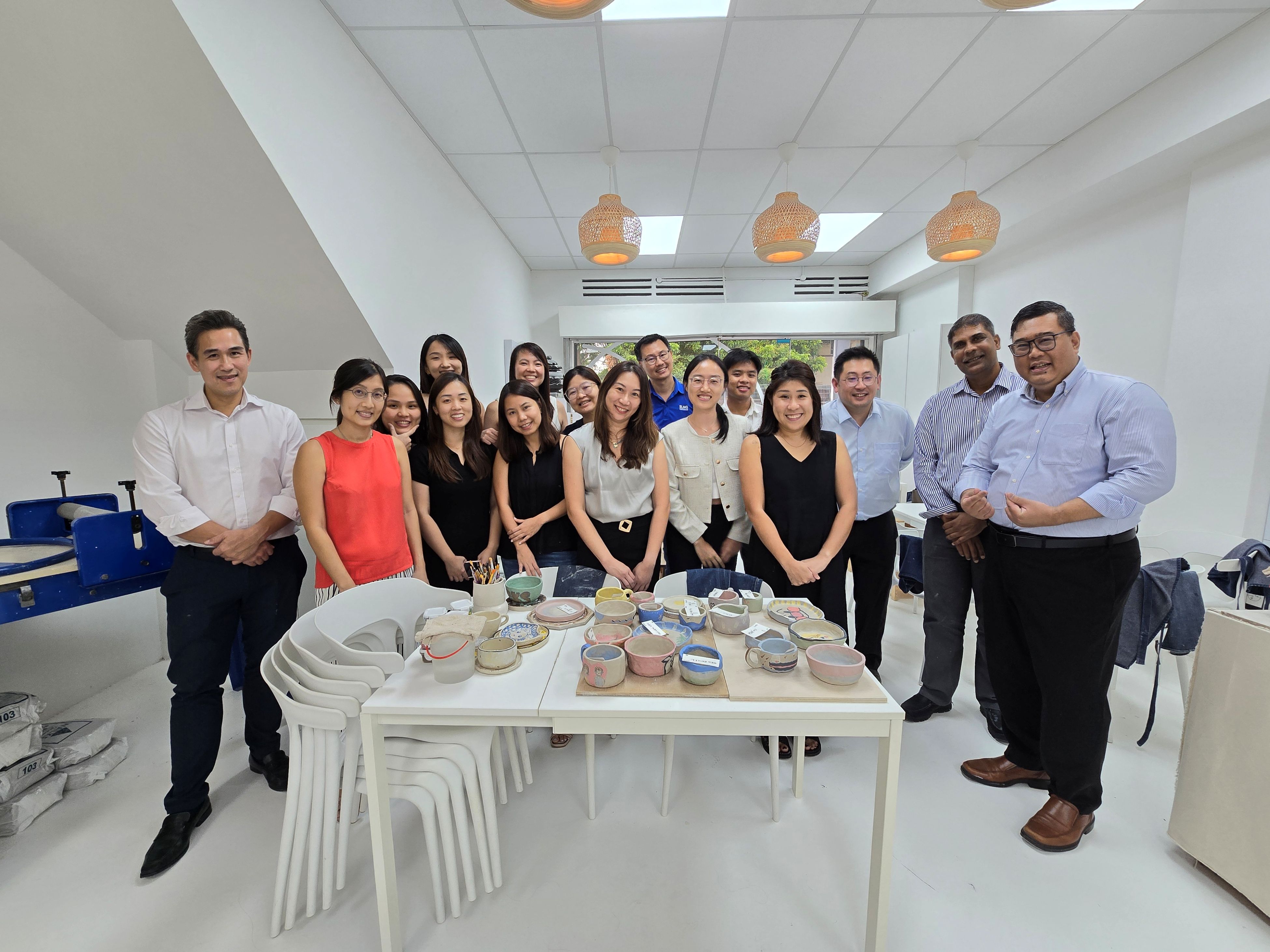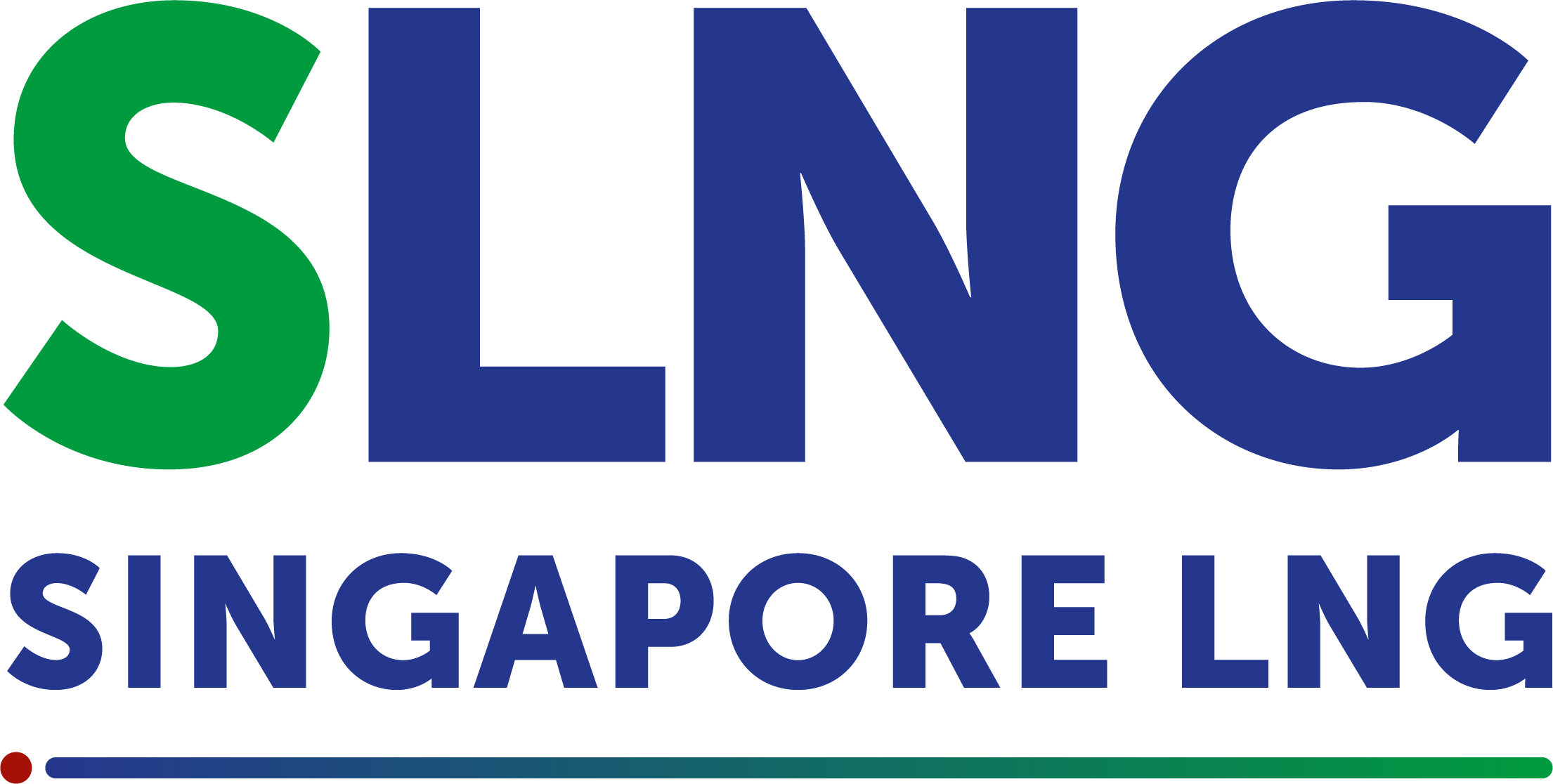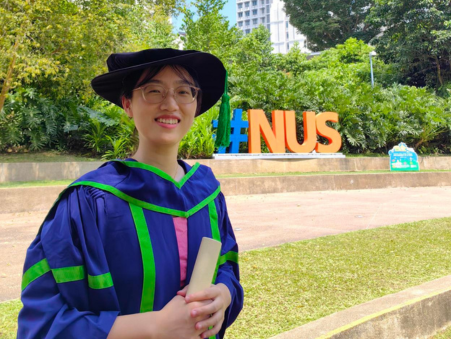Fuelling Fresh Starts at SLNG: Optimising Operations, One Line of Code at a Time
Huang Shanshan, Senior Analyst (Operations Research)
Most mornings, Shanshan slips on her noise-cancelling headset and queues up a classical playlist before the day begins. It's her quiet hour—tea close by, code on screen, the rest of the world muted by music.
That degree of focus has enabled Shanshan to build SLNG's first in-house operations optimisation model, with a user-facing tool, less than a year into her role. Together, they're helping to reshape how SLNG approaches terminal optimisation; not just for today, but for the not-too-distant future when the Second Terminal comes online.
If that sounds like a heavy lift, it is. But the Senior Analyst (Operations Research) doesn't dramatise it.
"In academia, you consider the beauty of the model, and you need to come up with a method that no one else has used before, to be seen as contributing to the field," she says. "But here in industry, nobody cares what method you use, as long as you are able to deliver reliable results."
Out of the Lab, Into the Fray
Before she was tracking LNG storage operations and vessel arrivals, Shanshan had spent eight years in operations research—earning her PhD, then staying on as a Research Fellow. During this time, she created a demand forecasting model for skincare products from The Body Shop Indonesia, designed a routing optimisation model to forecast driver delivery paths using Amazon route datasets, and worked on innovative research projects in decentralised control, inventory management and transfer learning.
It was good work. But something was missing. Her professor once told her: "Maximise the opportunities. Learn as much as you can learn."
She took that advice seriously, and she wanted to go beyond just the theories to learn more.
Timing, it turned out, was everything. SLNG was looking for someone who could bring operations research into a complex, expanding system—and fast. When a contact at SLNG asked if she'd be interested in building an in-house model for the company, she said yes with little hesitation.
"You need to understand the business concerns, the concepts, and how the terminal operates; and then transfer this domain knowledge to a mathematical model. So, for me, that's a very difficult but really exciting task to do," she says.
Translating Complexity Into Clarity
Her first challenge? “Finding the light from the darkness,” as she puts it. It was important to test new ideas to see what would work, and what wouldn’t. As the model would be used to support real-world decisions, it had to be fast, reliable and flexible.
"To even get started, I needed to first understand the problem… What does the team want out of the model? What are the constraints? What sort of decisions would rely on this model?" she explains.
Once she had that, she built the model in Python, developing a more robust solution that incorporated multiple new enhancements to better serve the commercial need.

Shanshan (centre) having a discussion with her colleagues
Making Math Matter
Shanshan's role doesn't sit neatly in one lane. Some days, she's deep in Python, refining algorithms. Others, she's in meetings with industry stakeholders, working through gas flow issues, among other things.
"Here, you collaborate more. Which means effective communication becomes more important, especially when dealing with problems that we cannot control on our own," she says.
It's a big shift from academia, where I tend to work with other academics with similar expertise and familiarity with the issue. Here, I need to learn to work with multiple stakeholders, both internal and external, and to manage situations that may be beyond my or my team’s control," she notes.
Shanshan’s operations optimisation model has delivered results and has drawn the attention of the company’s highest echelon. She shares, "We presented the operations optimisation model to the SLNG Board this month, and they were quite happy with the progress we’ve made. The model helps increase the reliability and efficiency of SLNG’s operations, and this work is set to become even more significant as we prepare for the second terminal which will be operational by the end of the decade.”
Shanshan admits that she has learned much about herself too, since joining SLNG. She's had to learn to speak up more, to hold her ground when necessary, and that she could move faster than she thought. "You need to be agile and you need to communicate closely with other people to get the job done – be it with your boss, your teammates, teams from other business groups, and even external teams."
What makes it all work, she says, is the culture. "When there is an issue, my colleagues at SLNG focus on how to solve it, not on pushing the responsibility to others."

Shanshan at a team bonding activity with colleagues from different business units
Lighting the Path Forward
Asked if she'd recommend SLNG to other young professionals, her answer is a quick and resounding “Yes!” To Shanshan, it's meaningful work with real stakes that impact everyday Singaporeans. "If our terminal trips and gas send-out is affected, it can be a huge power issue for the country. So we play a very important role for Singapore's energy security and that, to me, is a very meaningful job."
As the global energy landscape becomes more complex, Shanshan is helping SLNG stay a step ahead, one line of code at a time. Perhaps that's why she starts each morning with classical music and code. To find order in complexity, so that she can turn abstract mathematics into a useful tool for Singapore's energy future.

